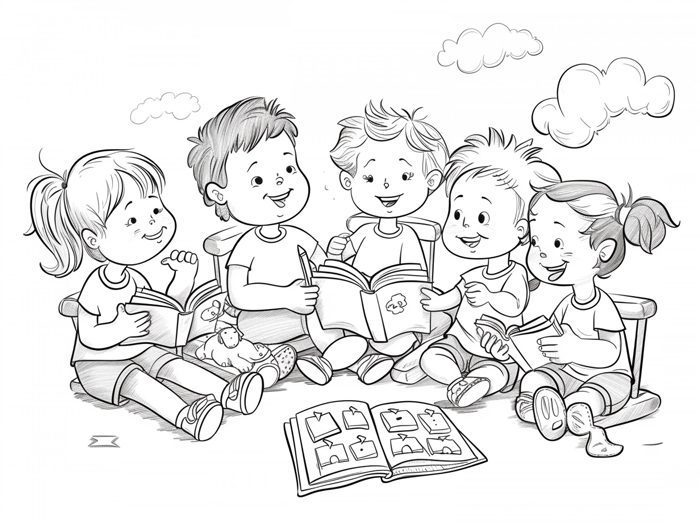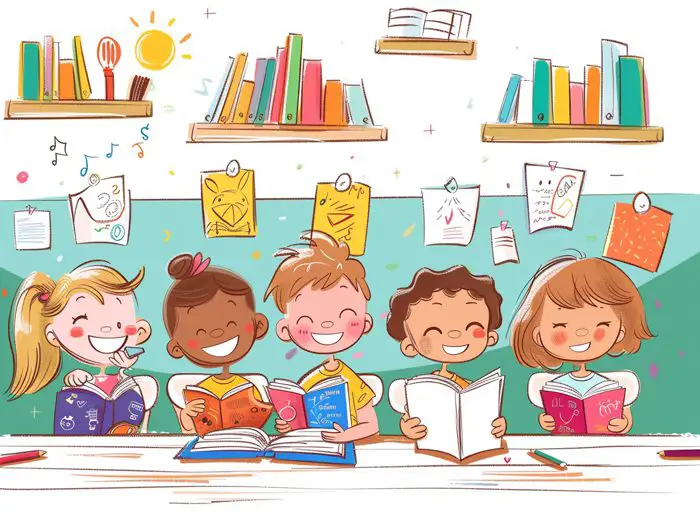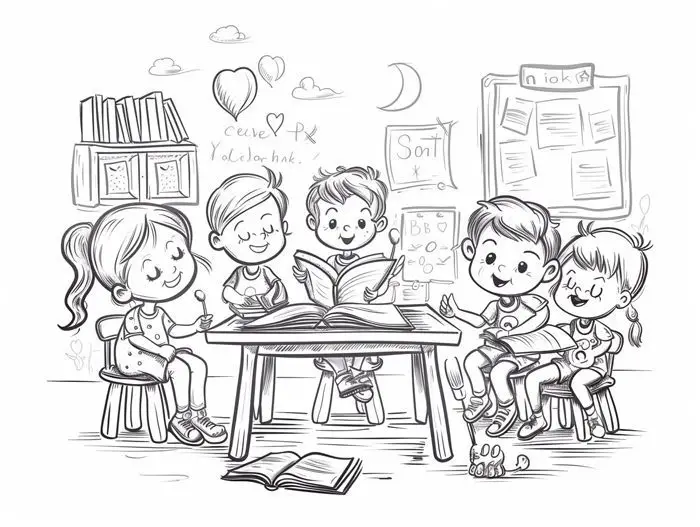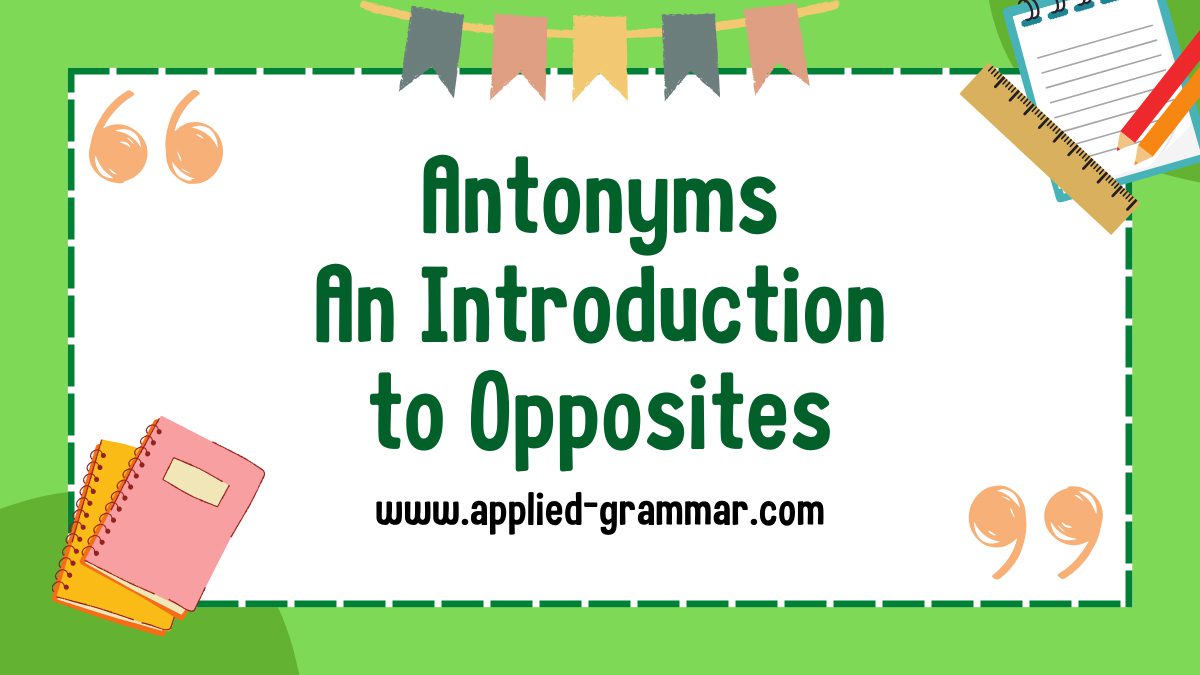Are you ready to investigate into the intriguing area of opposites in language? Antonyms, the words that have contrasting or opposite meanings, play a crucial role in our everyday communication. Whether we’re describing the weather, expressing emotions, or discussing concepts, antonyms help us convey our thoughts with precision and clarity. In this text, we will explore the concept of antonyms, their importance in language, and how they can enhance your writing and speaking skills. So, buckle up and get ready to discover the power of opposites in the English language!
Have you ever wondered why some words seem to be the complete opposite of each other? The answer lies in the intriguing world of antonyms. Derived from the Greek words “anti” meaning opposite and “onym” meaning name, antonyms provide us with a vast array of words that have contrasting meanings. From simple pairs like “hot” and “cold” to more complex ones like “reliable” and “unreliable,” antonyms allow us to express nuances and shades of meaning in our language.
Key Takeaways
- Antonyms are words that have contrasting or opposite meanings and play a crucial role in everyday communication.
- Antonyms provide a vast array of words that express opposing ideas, allowing for more precise and nuanced communication.
- There are three main types of antonyms: gradable, complementary, and relational, each serving a unique purpose in expressing opposites.
- Incorporating antonyms in language enhances vocabulary, promotes clarity, enables effective comparison, expresses complex thoughts, and facilitates creative writing.
- Teaching antonyms to language learners can be done through strategies such as defining and providing examples, using visual aids, contextual learning, and word associations.
- Engaging in activities like matching games, puzzles, and charades can help learners practice antonyms and reinforce their understanding.
- Online videos, worksheets, and antonym dictionaries and thesauruses are valuable resources for teaching and learning antonyms.
What are Antonyms?

Definition of Antonyms
Antonyms are words that have contrasting or opposite meanings. They play a crucial role in everyday communication, helping us convey our thoughts with precision and clarity. In the English language, the word “antonym” is derived from the Greek words “anti,” meaning opposite, and “onym,” meaning name. Antonyms provide a vast array of words that express opposing ideas, allowing us to express nuances and shades of meaning in our language.
Examples of Antonyms
Antonyms can range from simple to complex, demonstrating the various ways in which words can have contrasting meanings. Here are a few examples:
- Simple Antonyms:
- Hot – Cold
- Save – Spend
- Senior – Junior
- Complex Antonyms:
- Serene – Turbulent:
- Serene describes a state of tranquility without agitation or disturbance.
- Turbulent typically characterizes a state of confusion or disorder.
- Antonyms Starting with T:
- Temperature:
- Torrid – Cold
- Tepid – Boiling
- Time:
- Transient – Permanent
- Timely – Tardy
- Trait:
- Tactful – Tactless
- Temperate – Impulsive
- Truth:
- Truthful – Deceptive
- Transparent – Opaque
Antonyms allow us to precisely convey contrasting ideas, enhancing not only our writing and speaking skills but also our ability to understand and interpret the meanings of words. Incorporating antonyms in our everyday language expands our vocabulary and enables us to communicate effectively in a variety of contexts.
Types of Antonyms

Gradable Antonyms
Gradable antonyms are pairs of words that represent opposite ends of a spectrum or scale. These antonyms allow for comparisons and the possibility of intermediate states. They express degrees of a quality or attribute, enabling us to convey varying levels of intensity or magnitude.
Here are some examples of gradable antonyms:
- Big – Small
- Loud – Quiet
- Happy – Sad
- Brave – Cowardly
- Strong – Weak
- Young – Old
- Expensive – Cheap
- Beautiful – Ugly
By modifying the noun or verb with different intensifiers or qualifiers, such as “very,” “extremely,” or “slightly,” we can convey the nuances and shades of meaning associated with these gradable antonyms. They add precision and depth to our language, allowing us to express subtle differences in the intensity or magnitude of a characteristic.
Complementary Antonyms
Complementary antonyms are pairs of words that express an either-or relationship, where the presence of one word implies the absence of the other. These antonyms are complete opposites with no room for confusion. They are independent of each other and cannot exist simultaneously.
Let’s look at some examples of complementary antonyms:
- Dead – Alive
- Pass – Fail
- True – False
Complementary antonyms, such as “dead” and “alive,” or “pass” and “fail,” have clear and distinct opposite meanings. If one word applies in a descriptive context, the other cannot. They provide a definitive contrast, reinforcing the idea that they exist as antonym pairs.
Relational Antonyms
Relational antonyms are word pairs where the opposite makes sense only in the context of their relationship. These antonyms cannot stand alone but rely on each other to convey meaning. The opposite of one word depends on the existence or absence of the other within a specific relationship.
An example of a relational antonym is “teacher” and “pupil.” The opposite of “teacher” is only meaningful when considering the relationship between a teacher and a pupil.
While the terms “antonym” and “antonymy” are often used interchangeably with “opposite,” it’s important to note that “antonym” can also have other more restricted meanings. This distinction is particularly applicable in scholarly contexts.
Summarizing, antonyms come in various forms, including gradable, complementary, and relational antonyms. Each type provides unique ways to express opposites, whether in the form of degrees, clear-cut distinctions, or contextual relationships. Incorporating antonyms into our language allows for more precise and nuanced communication, expanding our vocabulary and enabling effective expression in a variety of contexts. So, adding these diverse types of antonyms to your writing can enhance its impact and clarity.
Importance of Antonyms in Language
Antonyms play a crucial role in language, allowing us to express opposites and contrasting ideas. By incorporating antonyms into our communication, we enhance our vocabulary and enable more precise and nuanced expression. Understanding and using antonyms is essential for effective communication, whether in everyday conversations, academic writing, or professional contexts.

Here are a few reasons why antonyms are important in language:
- Enhances Vocabulary: Antonyms expand our language repertoire, giving us a wider range of words and expressions to choose from. By knowing the opposite of a word, you can convey your thoughts more precisely and accurately. This not only helps in expressing basic concepts but also adds depth and subtlety to your communication.
- Promotes Clarity: Antonyms provide clarity by delineating contrasting ideas. They help us differentiate between two opposing concepts, making it easier for listeners or readers to understand our message. Whether it’s expressing hot and cold, black and white, or love and hate, antonyms provide a clear contrast that eliminates ambiguity.
- Enables Effective Comparison: With antonyms, we can compare and contrast different ideas more effectively. Gradable antonyms, for example, represent opposite ends of a spectrum, allowing us to describe degrees of intensity or quality. Having a diverse set of antonyms at your disposal enables you to articulate comparisons with precision and accuracy.
- Expresses Complex Thoughts: Antonyms allow us to express complex thoughts and emotions. They give us the ability to articulate contradictions, paradoxes, and opposing viewpoints. By using complementary antonyms, we can emphasize the either-or relationship between two concepts, highlighting their contrasting nature and adding depth to our expression.
- Facilitates Creative Writing: Antonyms are essential tools for writers, helping them create vivid imagery and evoke various emotions. By utilizing antonyms, authors can create powerful metaphors and analogies, enhancing the reader’s experience and making their writing more engaging and memorable.
Incorporating antonyms in our language not only enriches our vocabulary, but it also enhances our ability to express ourselves clearly and succinctly. By using these linguistic tools effectively, we can communicate our ideas more precisely, fostering better understanding and engagement with our audience.
Teaching Antonyms to Language Learners
Teaching antonyms to language learners is an effective way to enhance their vocabulary and language skills. By understanding and using antonyms, learners can expand their ability to express contrasting ideas and develop a greater level of clarity in their communication. In this section, we will explore strategies for teaching antonyms, activities for practicing antonyms, and resources that can aid in the teaching process.

Strategies for Teaching Antonyms
When introducing antonyms to language learners, it’s important to employ effective teaching strategies that promote engagement and understanding. Here are some strategies you can incorporate:
- Define and Provide Examples: Begin by explaining what antonyms are – words that have opposite meanings. Provide clear definitions and examples of antonyms to help learners grasp the concept.
For example:
- Hot and cold
- Big and small
- Happy and sad
- Visual Aids and Illustrations: Use visual aids such as charts, graphs, or images that illustrate antonyms. This visual representation can help learners visualize the contrasting nature of antonyms and reinforce their understanding.
- Contextual Learning: Integrate antonyms into contextual learning activities. This approach allows learners to understand antonyms within real-life situations, enhancing their ability to apply these words in meaningful ways.
- Word Associations: Encourage learners to create word associations between antonyms. This technique helps them establish strong connections between opposites, making it easier for them to remember and use antonyms in their language practice.
Activities for Practicing Antonyms
Engaging language learners in activities that provide hands-on practice with antonyms is crucial for reinforcing their understanding and mastery of these words. Here are some activities you can incorporate into your lessons:
- Matching Games: Create flashcards with pairs of antonyms and have learners match them correctly. This activity promotes the identification and recognition of antonyms.
- Antonym Puzzles: Develop puzzles or word search activities that require learners to find and match antonyms. This activity encourages critical thinking and boosts vocabulary retention.
- Antonym Charades: Play a game of charades where learners act out the meaning of antonyms. This interactive activity promotes verbal expression and helps learners internalize the meaning of antonyms.
Resources for Teaching Antonyms
Having access to reliable resources can greatly enhance the teaching of antonyms. Here are some valuable resources that you can use:
- Online Videos: Explore educational videos that explain and provide examples of antonyms. These videos are engaging and can help comprehension for visual learners.
- Online Worksheets: Use online platforms that offer printable worksheets specifically designed for teaching antonyms. These worksheets provide practice exercises and reinforce understanding.
- Antonym Dictionaries and Thesauruses: Refer to antonym dictionaries and thesauruses to expand learners’ exposure to various antonyms. These resources can aid in vocabulary building and promote a deeper understanding of antonym usage.
Incorporating strategies, activities, and resources into your teaching approach can make the process of learning and understanding antonyms more engaging and effective for language learners. By embracing the power of antonyms, learners can enhance their linguistic capabilities and become more skilled communicators.

Conclusion
By understanding the importance of antonyms in language, you can enhance your vocabulary, promote clarity, and express complex thoughts more effectively. Teaching antonyms can be made easier by using strategies such as providing examples, using visual aids, and integrating antonyms into contextual learning activities. Practicing antonyms through activities like matching games and antonym puzzles can further strengthen your understanding of opposites. Also, utilizing online videos, worksheets, and antonym dictionaries and thesauruses can provide valuable resources for learning antonyms.
Incorporating these strategies, activities, and resources into your language learning journey will help you become a more skilled communicator. By expanding your knowledge of antonyms, you’ll be able to express yourself with precision and creativity. So, embrace the power of opposites in language and watch your linguistic capabilities soar.
